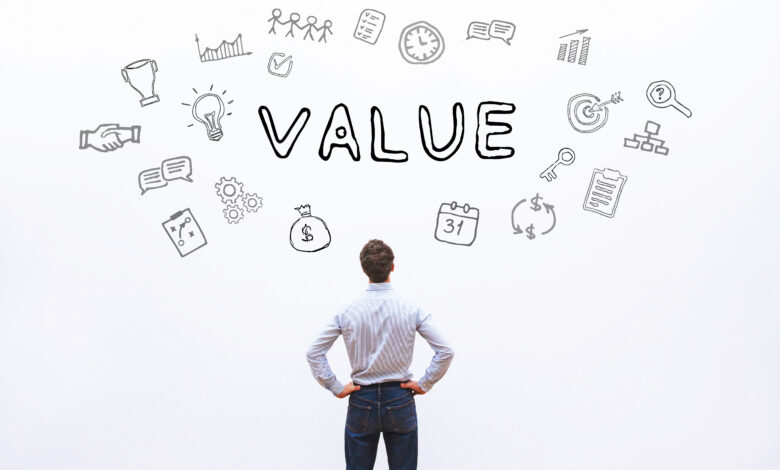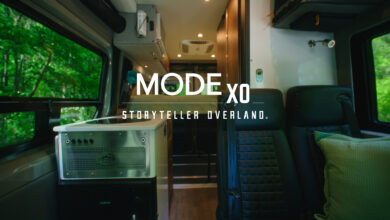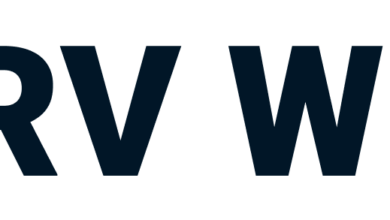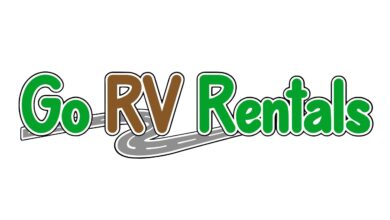Understanding PVR & How It Can Improve F&I Revenue
Boost satisfaction and help customers get value for their money.

Q: What is PVR, and why is it important for RV dealerships to track?
A: PVR, or “per vehicle retailed,” is a metric that measures the average amount of profit that a dealership makes on each vehicle sold. It is calculated by taking the total F&I (finance & insurance) revenue generated by the dealership and dividing it by the number of vehicles sold. Some prefer to define it as “per vehicle revenue” or “per vehicle ratio.” No matter the terminology used, PVR is important for RV dealerships to track because it can help them identify areas where they can improve their F&I revenue and take steps to increase it.
Q: How can RV dealerships increase their PVR?
A: There are several ways that RV dealerships can increase their PVR. One way is to focus on selling more F&I products. This can be achieved by using automated prequalification and comparison tools to simplify the lending process, by offering customers a range of F&I products that are tailored to their needs and by utilizing a menu tool to assist in presenting products to customers in a consistent and compliant way. By doing so, dealerships can improve customer satisfaction, as customers are more likely to feel that they are getting value for money.
Another way to increase PVR is to capture the reserve efficiently. The reserve is the difference between the interest rate that a dealership charges a customer and the interest rate that the dealership pays to the lender. By capturing the reserve efficiently, dealerships can increase their F&I revenue without having to sell more products.
Finally, dealerships need to focus on improving customer satisfaction. This can be achieved by offering customers a range of F&I products that are tailored to their needs, and by providing them with a high level of customer service. By doing so, dealerships can improve their reputation and encourage customers to return in the future.
Q: How can RV dealerships use innovation to expand their toolkit?
A: Digital platforms and tools can facilitate personalized interactions with customers, making it easier to offer tailored products and services. By leveraging digital technology, both lenders and dealers can provide a more seamless and personalized customer experience, ultimately leading to increased PVR.
There are software tools in the marketplace that can help dealers track customers, pair them with appropriate vehicles based on their specific needs and credit profiles, integrate with other related tools, streamline the financing process and sell products more effectively. Finding the tools that fit with your workflows, products and lending programs is required to stay competitive in the current market environment.
Q: How can RV dealerships structure deals correctly?
A: RV dealerships can structure deals correctly by having a good understanding of the lending relationships available to them, and how to use their various programs to their advantage. They can also simplify the lending process with prequalification and automated comparison tools, which can help them sell more products, compare and capture the reserve efficiently and improve customer satisfaction.
Along with software tools, there are consultants and service providers that educate and train employees in dealership, across a variety of mediums. Focusing on the right balance of software tools and training from sales to F&I, so that deals are structured as early as possible in the deal process, is the most effective way to increase a dealership’s PVR.
Q: Why is it important for RV dealerships to have the correct lending relationships?
A: Having the correct lending relationships is important for RV dealerships because it can help them offer more lending options to customers and to maximize PVR, for each customer. Some lenders will offer a higher reserve at a comparable rate to others but might not provide the needed room in the back-end or front-end of a deal to add products. Understanding all the options available and choosing the best one for each deal will directly impact a dealership’s PVR. Working with the right lenders, and understanding the ins and outs of their programs, means dealerships can offer customers attractive interest rates and financing options. This can increase customer satisfaction and help dealerships to sell more products.
Q: How can RV dealerships simplify the lending process?
A: RV dealerships can simplify the lending process by using prequalification and automated comparison tools. Prequalification can help to streamline the lending process by allowing dealerships to quickly determine which customers are likely to qualify for financing. Automated comparison and presentation tools can help to speed up the approval process and reduce the need for manual comparison, which is time-consuming and can be subject to human error and bias. Using all the tools that are at a dealership’s disposal in an integrated and thoughtful way can help dealerships to sell more products and improve customer satisfaction.
Q: How can RV dealerships capture the reserve efficiently?
A: RV dealerships can capture the reserve efficiently by working with the right lenders and using automated comparison tools. By doing so, dealerships can offer customers attractive interest rates and financing options, while also capturing the reserve efficiently. This can help dealerships to increase their F&I revenue even without having to sell more products.
In conclusion, PVR is an important metric that can help RV dealerships to increase their F&I revenue. By tracking PVR, dealerships can identify areas where they can improve, and take steps to increase their revenue. This can be achieved by structuring deals correctly, using the right lending relationships, simplifying the lending process with prequalification and automated comparison and presentation tools, selling more products, capturing the reserve efficiently and improving customer satisfaction.




